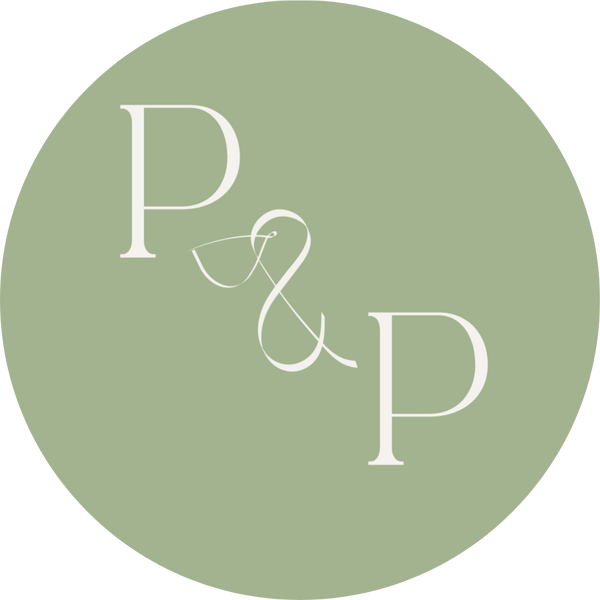
Bamboo Viscose vs. Cotton: Which Fabric Is Better for Your Baby?
Share
When shopping for baby clothes, fabric choice is everything. Babies have sensitive skin, unpredictable sleep patterns, and a knack for making messes—so their clothing needs to be soft, breathable, and durable enough to handle frequent washing.
Two of the most common fabrics for baby clothes are cotton and bamboo viscose, but which is better for your little one?
While cotton has been the go-to choice for generations, bamboo viscose is quickly becoming the top pick for parents looking for the softest, most functional fabric. This guide explores the differences between the two fabrics and why bamboo viscose is the best choice for your baby’s wardrobe.
Softness: Which Fabric Feels Best on a Baby’s Skin?
A baby’s skin is much thinner and more delicate than an adult’s, making fabric softness a top priority. While cotton is known for being a soft, natural fiber, the texture can vary depending on the quality and weave. Standard cotton can initially feel slightly coarse or stiff, requiring multiple washes to reach peak softness. Higher-end varieties like Pima or Egyptian cotton are noticeably softer but also come at a higher price.
Bamboo viscose, on the other hand, is naturally silky and smooth from the start. Its fiber structure is naturally round, reducing friction and irritation against the skin. Unlike cotton, bamboo viscose does not require fabric softeners or chemical treatments to enhance its texture—it remains luxuriously soft wash after wash.
Stretch & Flexibility: Which Fabric Moves Best With Your Baby?
Babies are constantly stretching, wiggling, and growing, so their clothing needs to move with them while maintaining its shape. A fabric with natural flexibility allows for better freedom of movement and a more comfortable fit.
Depending on its weave, cotton can be slightly flexible, but it does not have natural stretch unless blended with spandex or elastane. Standard cotton onesies and bodysuits may lose their shape over time, especially with frequent washing and stretching during wear.
Bamboo viscose has a natural elasticity, giving it a soft stretch that molds comfortably to a baby’s body. This makes it ideal for pieces like zip-up onesies that need to provide unrestricted movement. Because bamboo viscose is also better at retaining its shape, it bounces back well after stretching and doesn’t become baggy or misshapen as easily as cotton.
Absorbency: How Well Does Each Fabric Handle Moisture?
One of the biggest differences between bamboo viscose and cotton is how they absorb and manage moisture.
Cotton is highly absorbent, quickly soaking up sweat, drool, or spills. However, it retains this moisture rather than wicking it away, meaning wet cotton clothing can cling to a baby’s skin, feeling damp and heavy. This can be uncomfortable, especially overnight, when moisture from sweat lingers in the fabric, potentially leading to chilliness or irritation.
Bamboo viscose is even more absorbent than cotton, but its moisture-wicking ability sets it apart. Instead of trapping moisture, bamboo fabric pulls wetness away from the skin and allows it to evaporate faster. This keeps the fabric drier and more breathable, preventing overheating and excessive dampness.
These qualities make bamboo viscose an excellent choice for baby sleepwear, swaddles, and warm-weather clothing, where keeping skin dry is essential for comfort.
Hypoallergenic Properties: Which Fabric Is Better for Sensitive Skin?
Babies with sensitive skin, eczema, or allergies need fabrics that minimize irritation. Cotton is generally considered gentle, but non-organic cotton may contain pesticide or dye residues from processing, which can cause irritation. Even organic cotton, while chemical-free, can become rougher over time, increasing friction on delicate skin.
Bamboo viscose is naturally hypoallergenic and antibacterial, making it a great option for sensitive skin. Its smooth fibers reduce irritation and friction and resist allergens like dust mites and mold. Many parents find that bamboo baby clothes help prevent skin flare-ups, making it a better choice for babies prone to irritation.
Durability: Which Fabric Lasts Longer?
Durability is an important factor in baby clothes, which go through frequent washing and daily wear. Cotton is a strong fabric, but it can fade, stiffen, and lose its softness over time with repeated laundering. Lower-quality cotton is more prone to pilling and stretching out of shape, while higher-quality cotton holds up better but still shows signs of wear after frequent washes.
Despite its soft feel, bamboo viscose is highly durable when properly cared for. It resists pilling and maintains its shape better than standard cotton. Unlike cotton, which can become rougher over time, bamboo viscose actually gets softer with each wash.
However, both fabrics require proper washing methods to preserve their longevity. Bamboo viscose is best washed on a gentle cycle and air-dried to prevent damage to the fibers.
Shop Bamboo Viscose Baby Pajamas
At Pearls & Pelicans, we’re passionate about providing baby clothes that offer not only style but also superior performance for your little one. Our bamboo viscose pajamas have been meticulously designed to deliver the ultimate in softness, comfort, and practicality.
With every piece, you can be confident that your baby is dressed in fabric that is gentle on the skin, expertly engineered for moisture management, and durable enough to withstand the energetic demands of babyhood.
Discover the unmatched comfort of bamboo viscose at Pearls & Pelicans. Explore our exclusive collection of bamboo baby clothes today!
